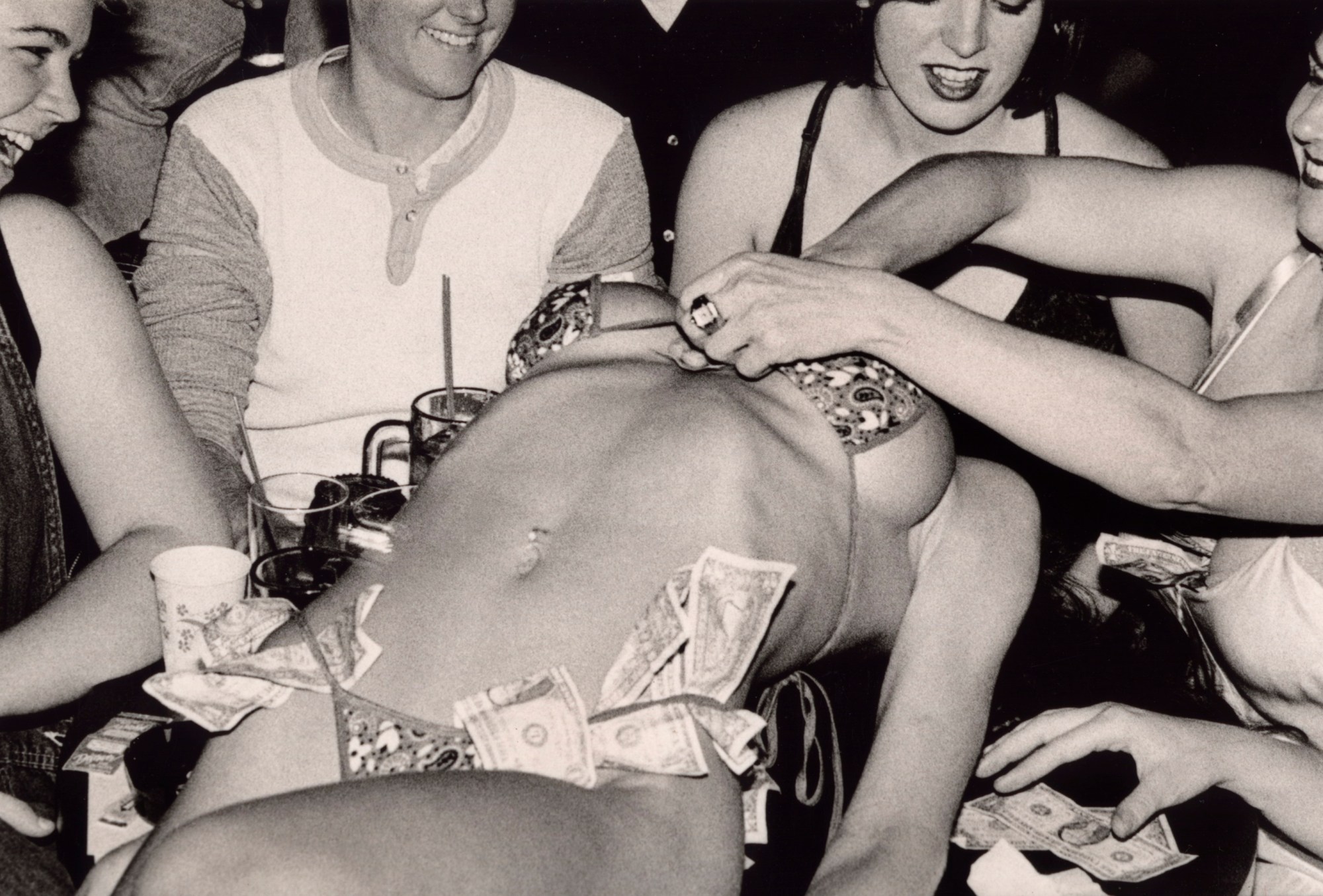“Lesbians are told they’re ugly, and they don’t fit in,” says photographer Phyllis Christopher, who relocated to San Francisco from the small industrial town of Buffalo, New York in 1988 and found herself in the midst of a civil rights movement. While the AIDS epidemic was in full force, lesbian women protested for visibility — against centuries of erasure, oppression and cruelty. In a period of censorship and homophobia, Phyllis took on the radical task of documenting her community in the most authentic way. “I worked very hard to photographically depict what I was seeing in all of these beautiful women.”
Some of Phyllis’ most iconic images emerged from the dark. Photos taken in gritty 90s clubs, lovers embracing in graffitied bathrooms or smoking on the streets; a woman singing with her strap-on poking out the zipper of her jeans. But the photographer also turned her lens to the protests happening outside. Women standing in solidarity with ACT UP, who called for direct action, medical research, treatment and legislative change, and Queer Nation, an organization that targeted cultural homophobia with kiss-ins and calls for increased LGBTQ+ visibility. They held colourful slogans like “Queers bash back” and “Dykes take over the world,” and threw bags of glitter. The images were published in alternative publications like East Bay Express, OUT, San Francisco Bay Guardian and On Our Backs, where Phyllis became the photo editor.
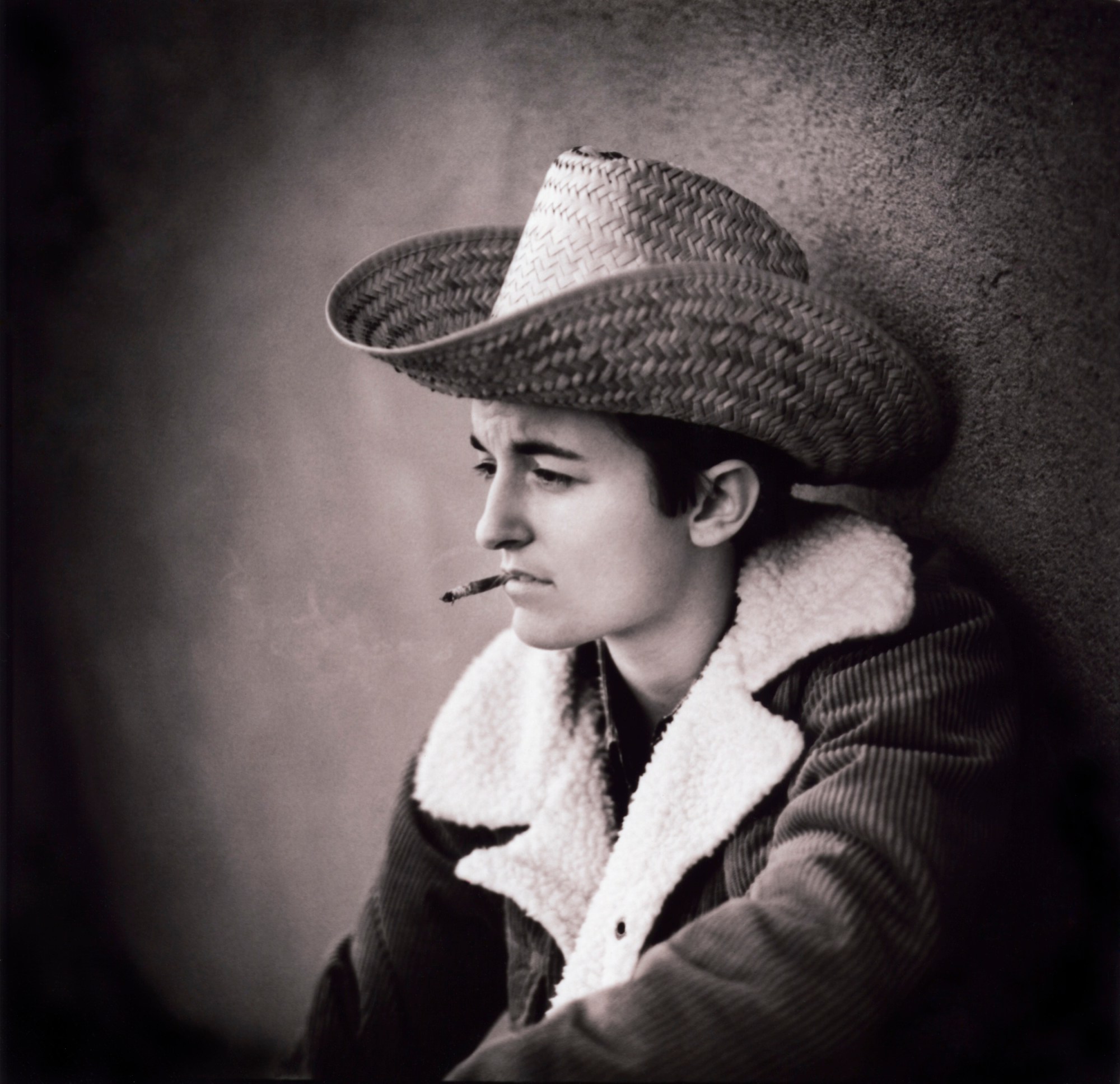
By the late 80s, the gay liberation movement that began after the Stonewall riots in June 1969 and gained momentum in the 70s, had achieved significant advances like the decriminalization of sodomy and expansion of protections against discrimination in public employment. But when the government reported a new ‘gay plague’ in 1981 that saw men dying from AIDS in horrible ways, the religious right seized an opportunity and repealed much of the progress that had been made. “It was a real kick in the stomach,” Phyllis said. “Our friends were dying. People were dying. People had nothing to lose. [They were] throwing themselves in front of the pharmaceutical companies and trying to demand better access to drugs.”
“There were candlelight marches, and a lot of grief. But a lot of celebration,” she added. “We weren’t going to let that stop us from having sex parties.” Inspired by hedonistic gay male culture, Phyllis knew from the moment she came out, that she wanted to go to the discos and the bath houses and enjoy that side of the queer scene too. So she headed to South of the Market, an industrial neighbourhood that housed more than 30 gay and leather bars, bondage shops and sex clubs that were open and accommodating to the women’s kink community. The neighbourhood felt very comfortable, she said. “People who are in touch with their ecstasy are very happy. They’re not to be feared because they’re involved with each other.”

Phyllis photographed friends and strangers in this highly sexualised environment, where the focus was always on safe and consensual sex. “We wanted desperately to show that we were having a good time,” she says. In her new book, Dark Room: San Francisco Sex and Protest, 1988-2003, published in April 2021, and major retrospective Contacts at the Baltic Centre for Contemporary Art in Gateshead, through March 2022 — the vibrancy of San Francisco’s lesbian community in the 90s is immortalised.
At the centre of the Baltic exhibition is a four by five foot mural of a naked butch club dancer. “You don’t see any female nudes like that,” Phyllis says. “Especially back then. I hope you do now.” It’s the centrepiece in a show that celebrates diversity in bodies and fetishes, challenging preconceived notions of beauty and gender. The clothes and hairstyles are a mix of androgynous and classically femme, featuring lots of flannel, leather and chunky boots, but also fishnet stockings and lacey bras.
Phyllis was inspired by the generation of photographers that came before her: Honey Lee Cottrell, Tee Corinne and Jill Posner — women who were directly involved with On Our Backs magazine, the first female-run erotica magazine that provided an economy, an outlet and a reason to take pictures. She also looked to Robert Mapplethorpe’s documentary images of the leather community and kink clubs, and Del LaGrace Volcano’s depiction of party goers at dyke performance clubs as subjects rather than objects of fascination. Phyllis sees her own work as a collaboration with her models. The images are consensual and premeditated. “There’s a huge amount of trust — especially back in the day — for somebody to become naked for the camera, and to trust that you’re going to use those images in the right way,” she says.
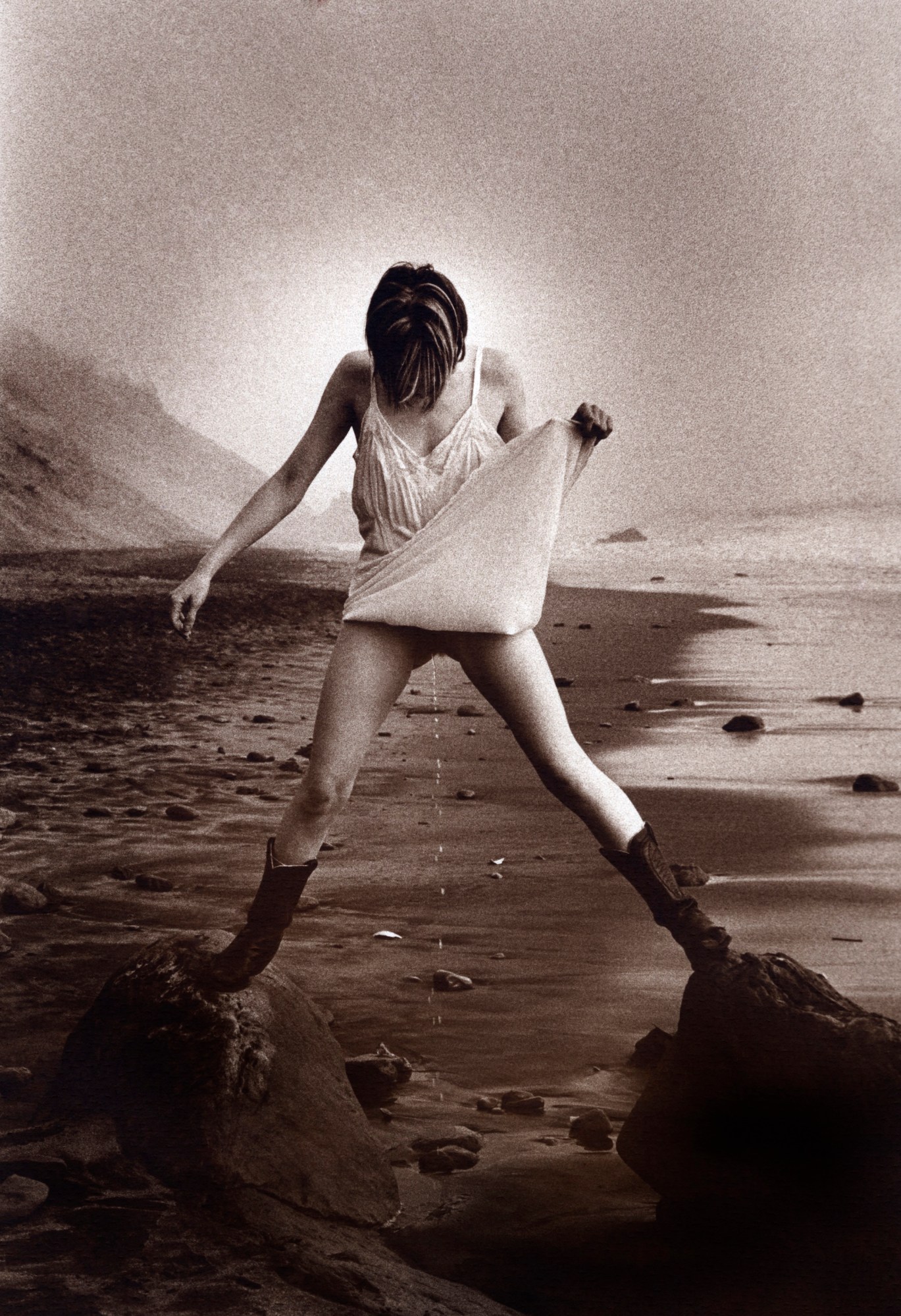
It was the era of the feminist anti-porn arguments, and discussions surrounding whether photographing sex can ever not be denigrating to women. “My generation sort of came along and said, yes, we’re political. But there’s nothing wrong with consensual sex and documenting it between women, no matter if it’s kinky or power dynamic,” Phyllis says. “There were no men in the room. There were no men in the city… not in our city. It was this beautiful bubble of women doing what they wanted to do, and publishing in various magazines that were meant for women.”
Threaded throughout her work are photographs of women urinating in the streets, a series that Phyllis first began with her longtime friend Lisa Ivy. “Female ejaculation and urination is one of the outward visual things we can do,” Phyllis says. This was about marking their space and being, “sexually… I don’t want to say aggressive, but visible and outward. Demonstrative. The kind of men that pee in public are a little bit aggressive, they’re usually not trying to hide away. [They’re saying], if you want, look at me.” The women in these photos are saying: look at me too. They reclaim the power, and demand acceptance.
“There was a huge mix of women who wanted images,” Phyllis says of the lesbians she photographed. “There was this hunger. There was obviously no internet. There were no positive images out there. There was the occasional Hollywood film that would get it wrong or there would be low budget films that we would be rooting for. But women posed because they wanted to see themselves.” And they’re just as excited about the images now, as they were when they were taken 30 years ago.
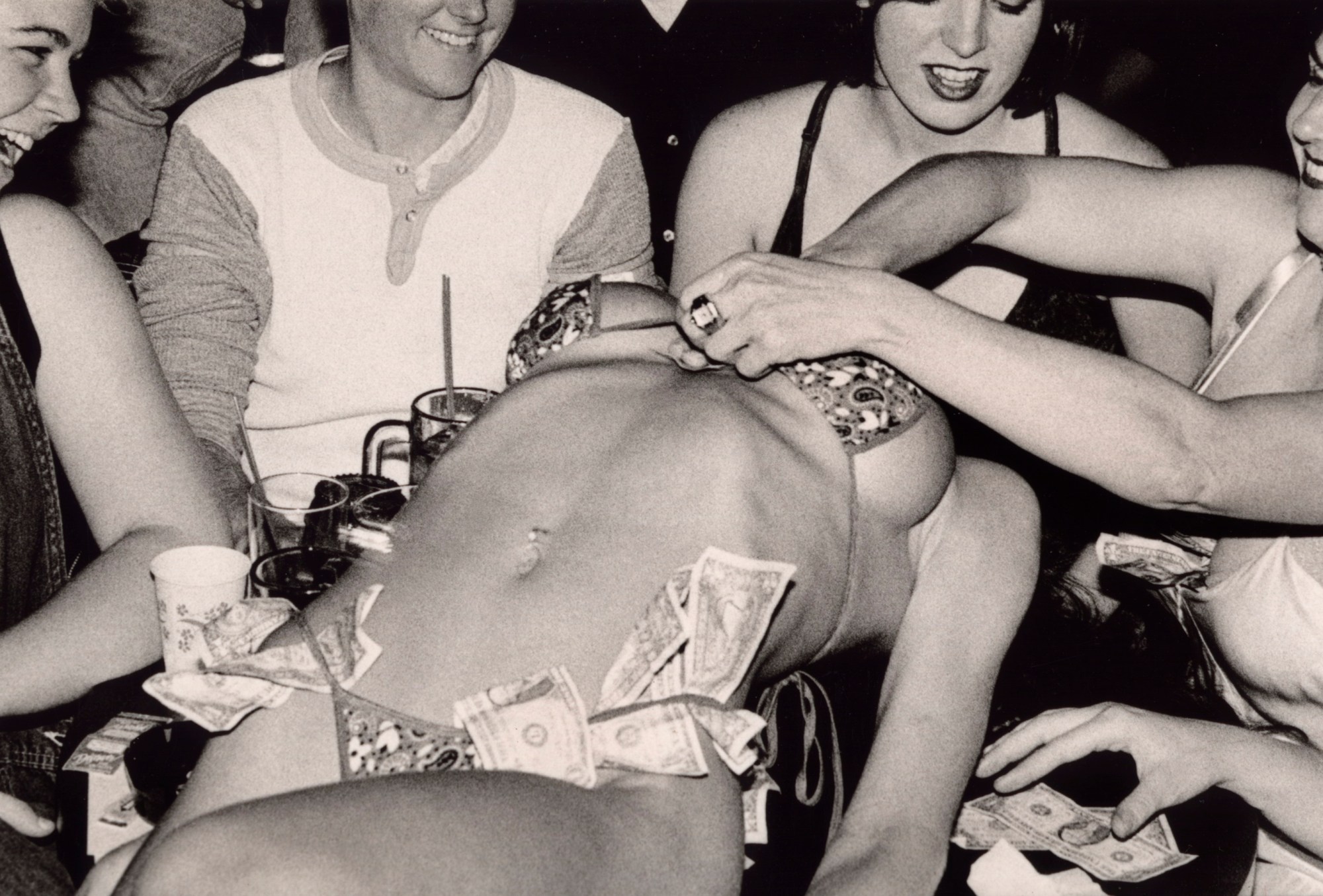
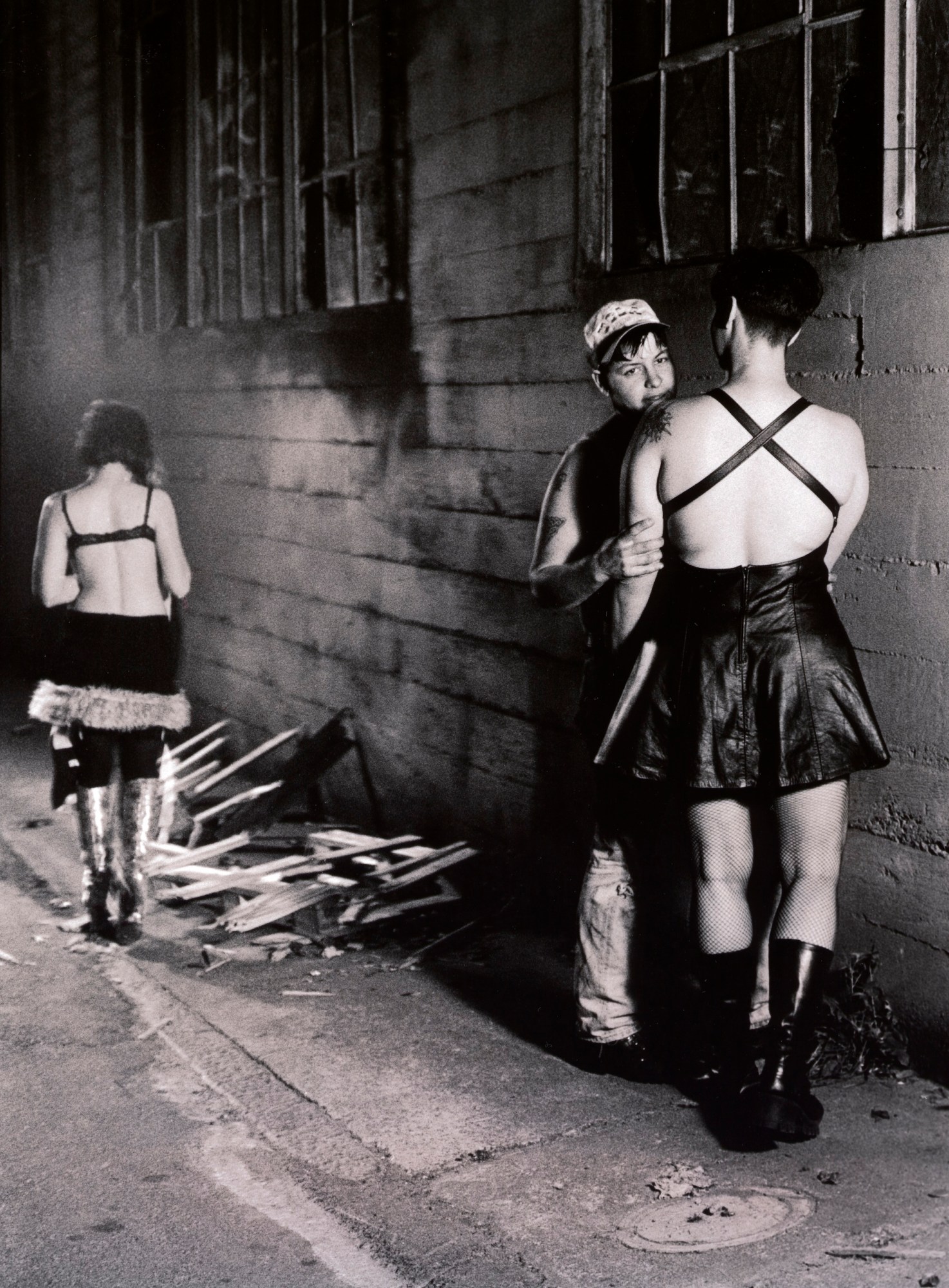
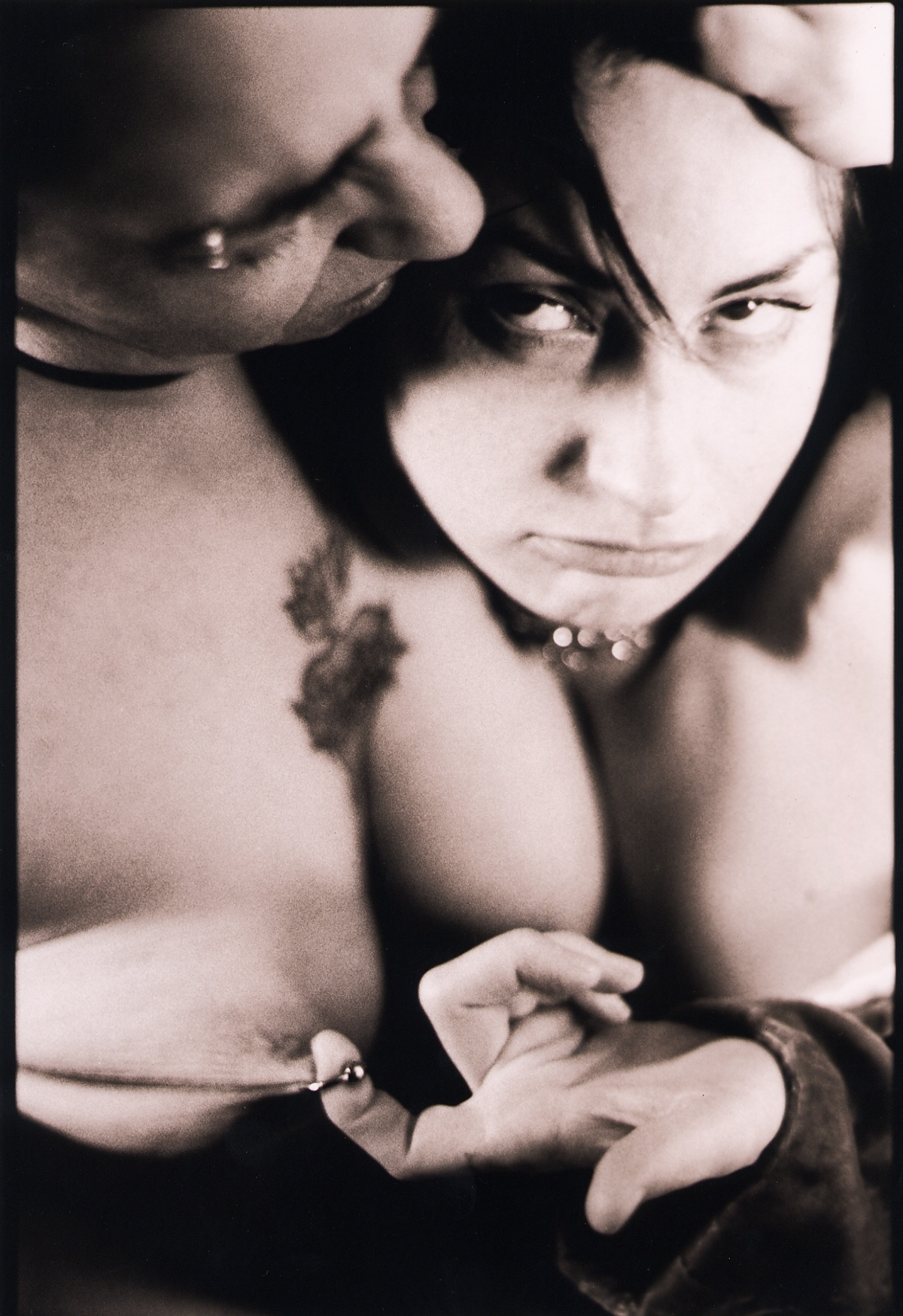

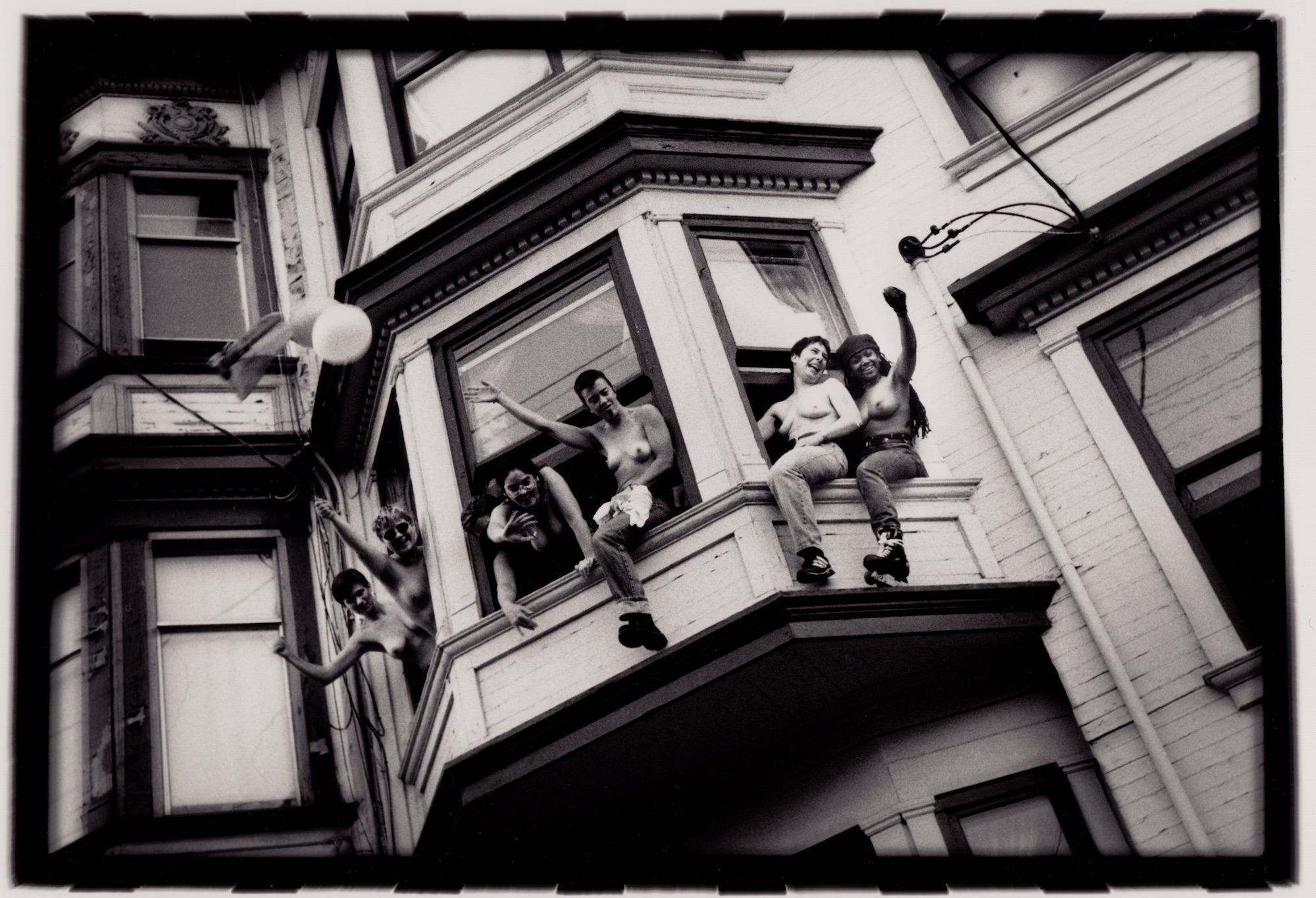
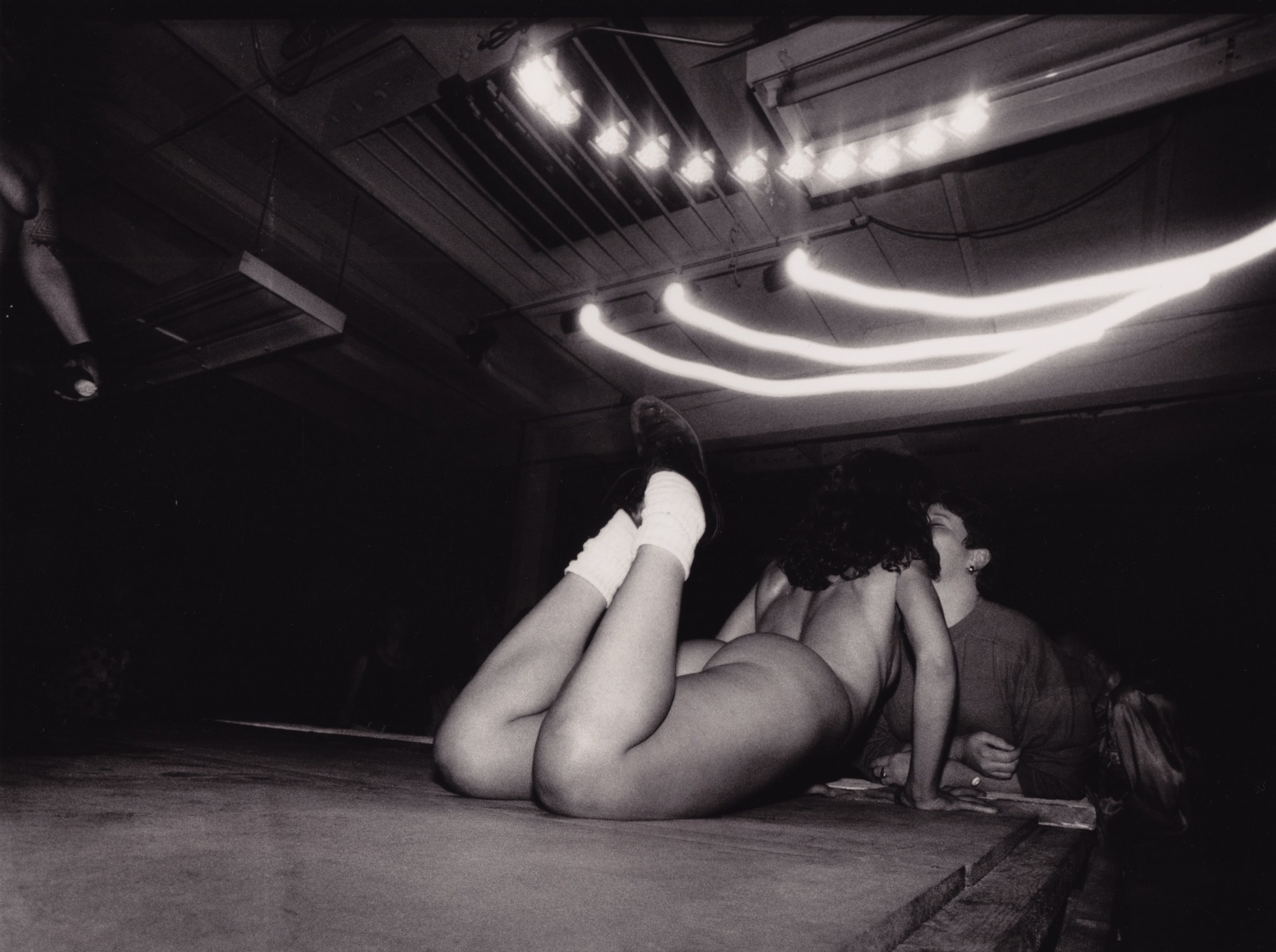
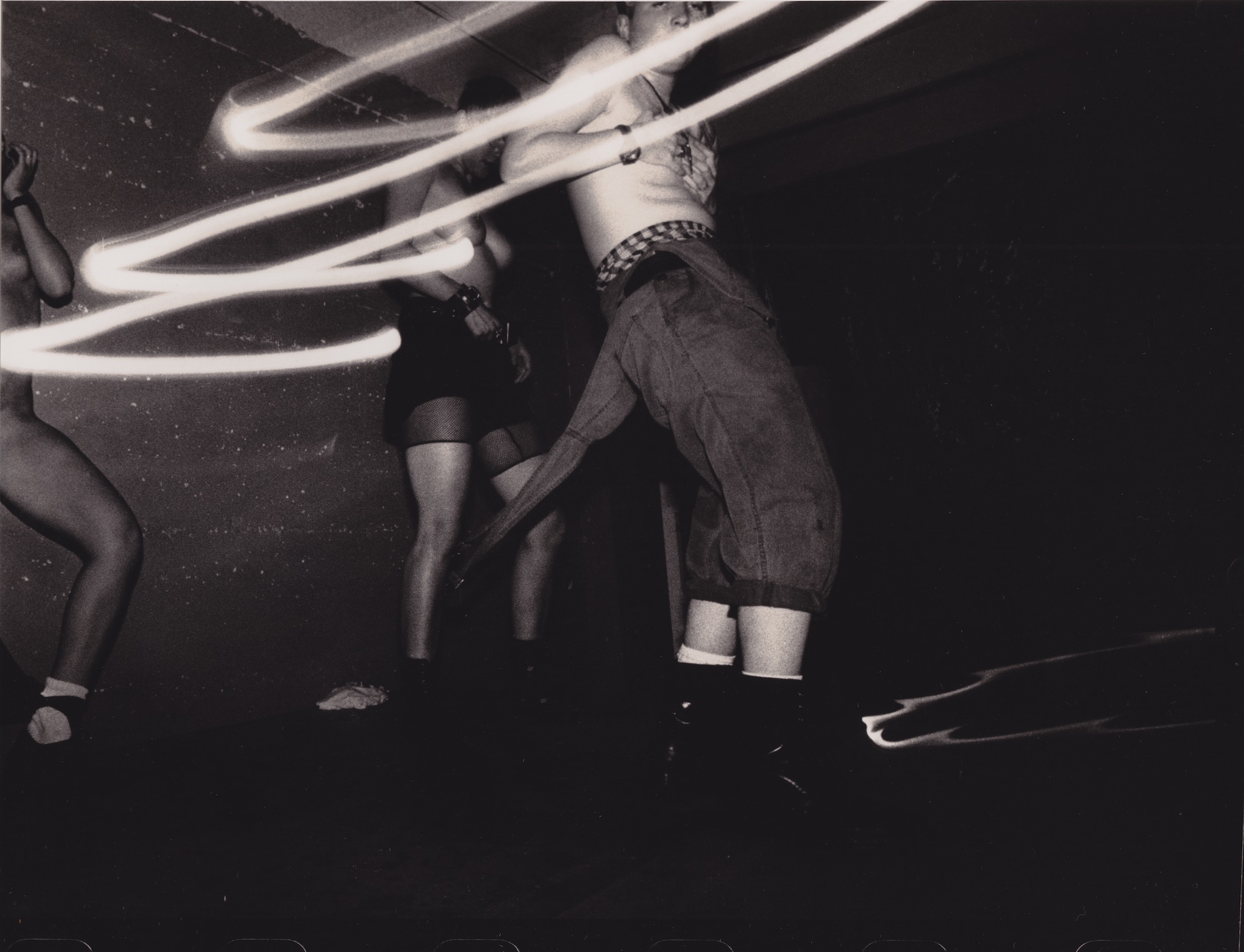
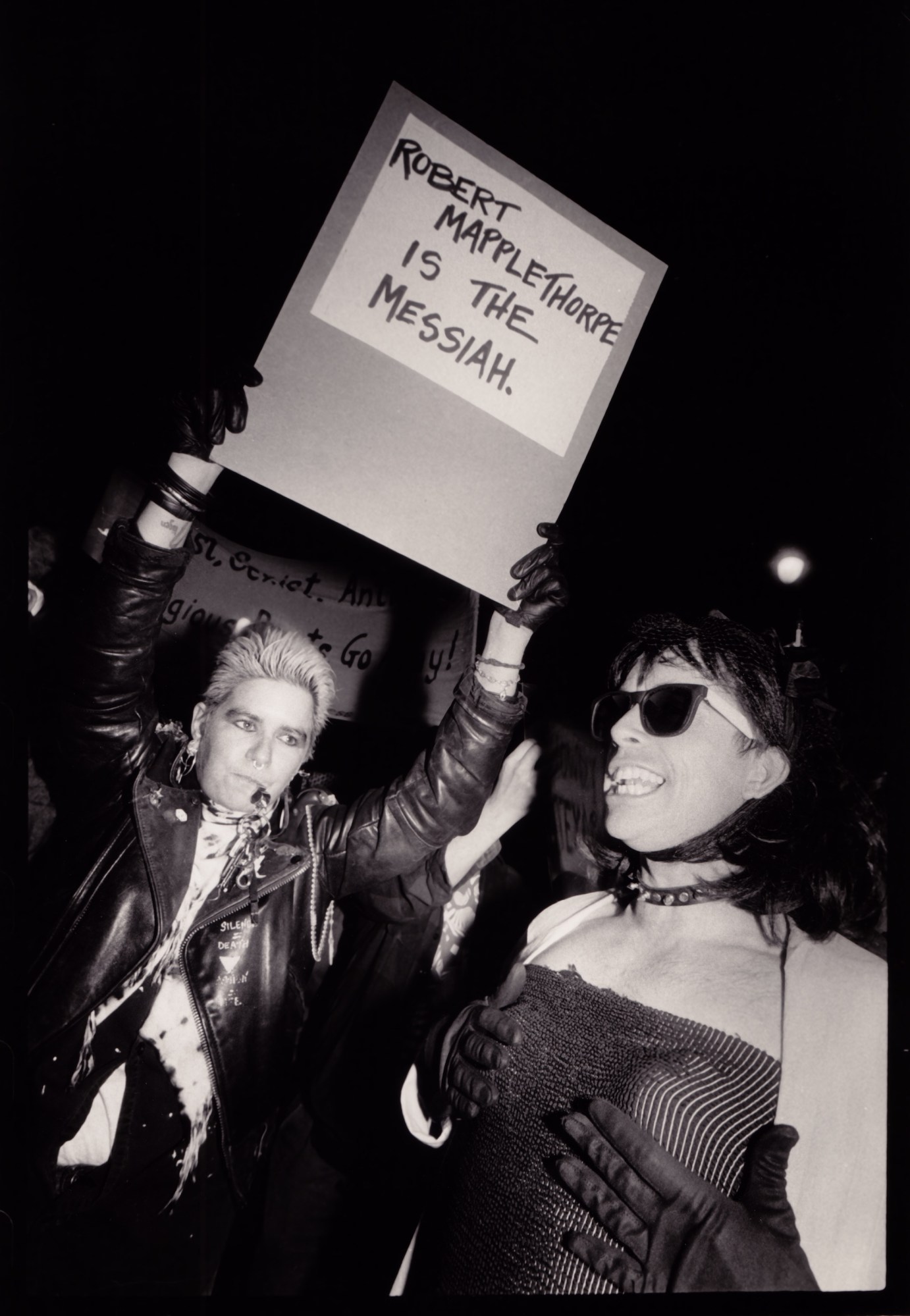
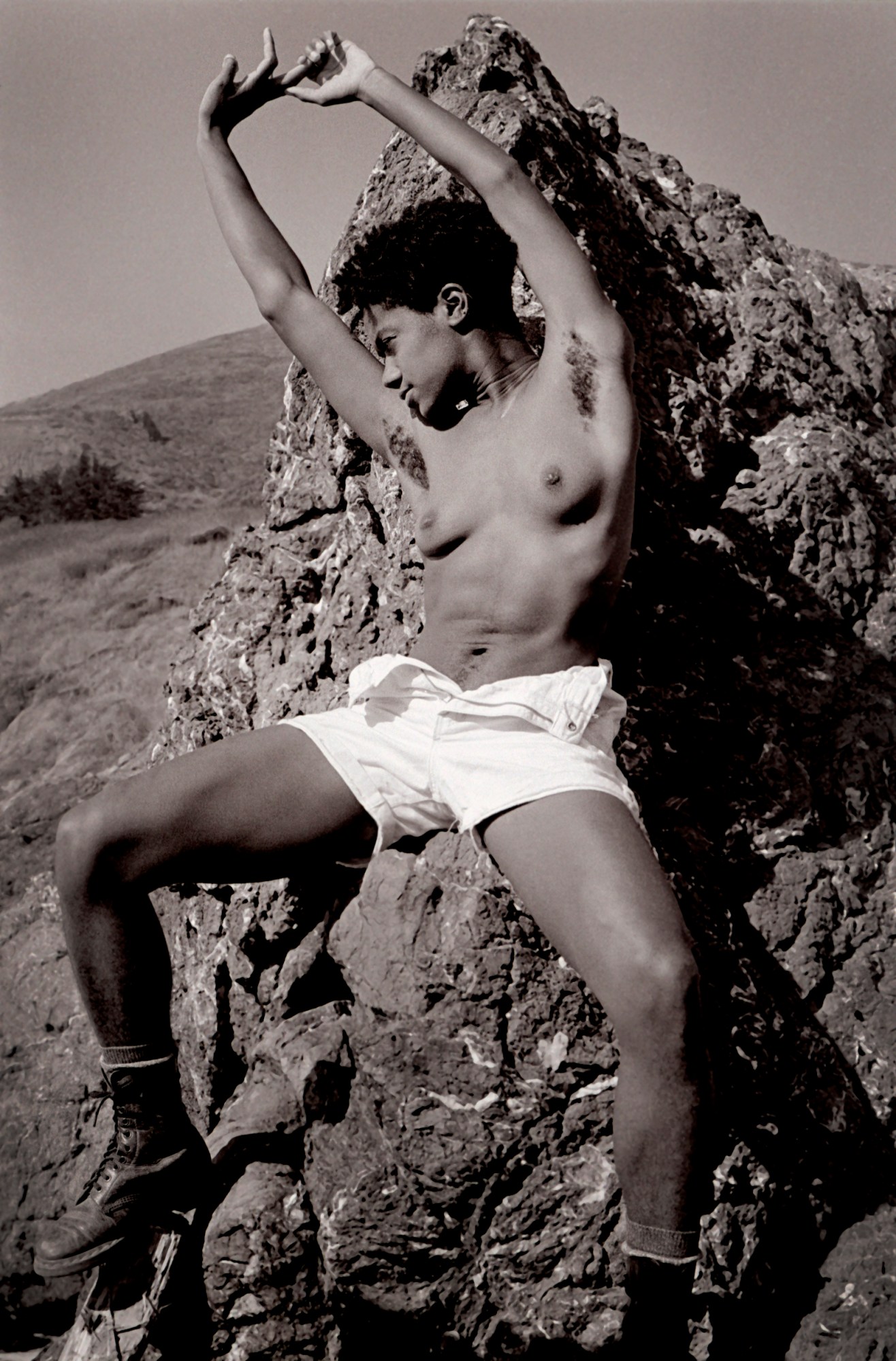
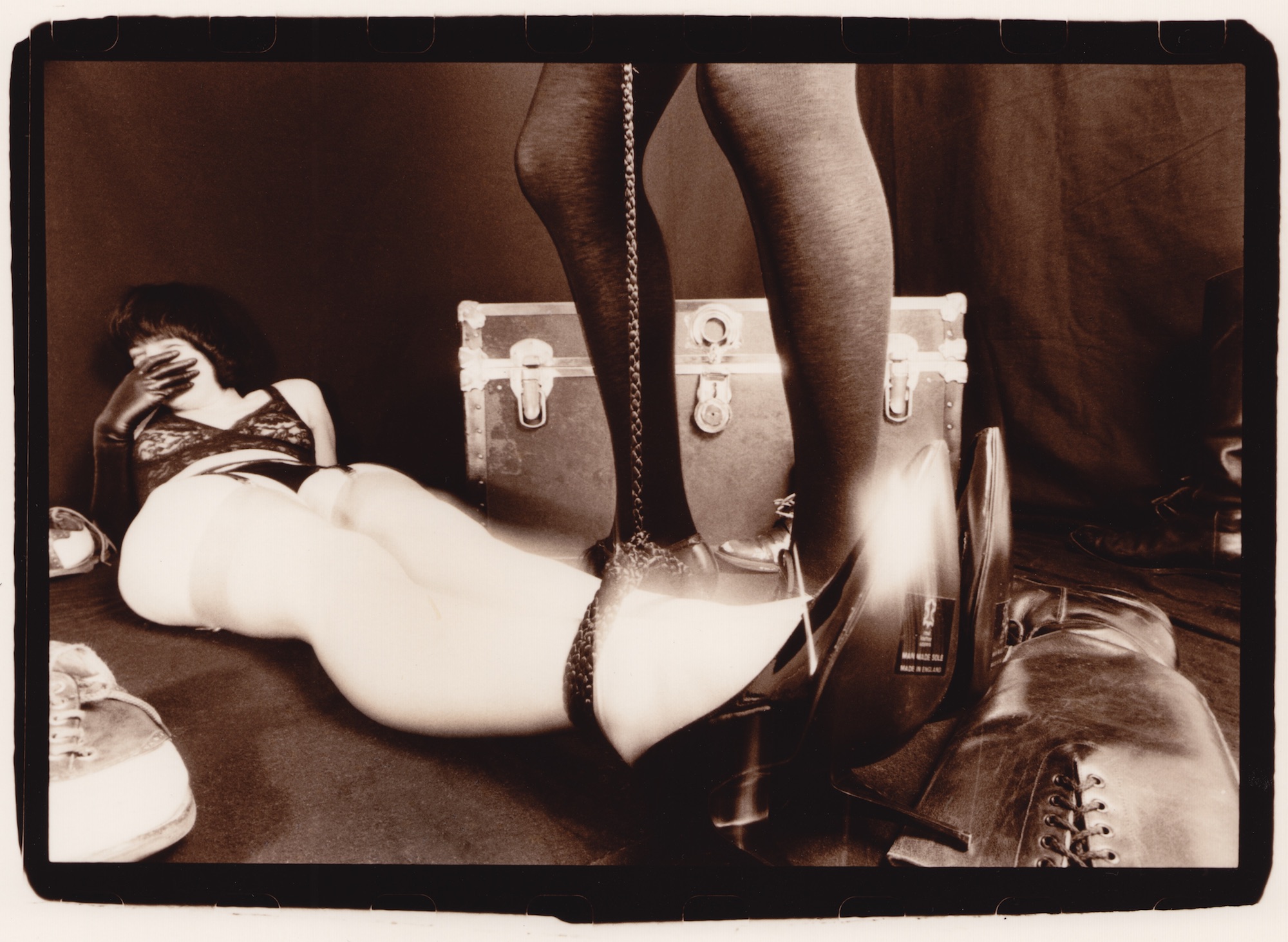
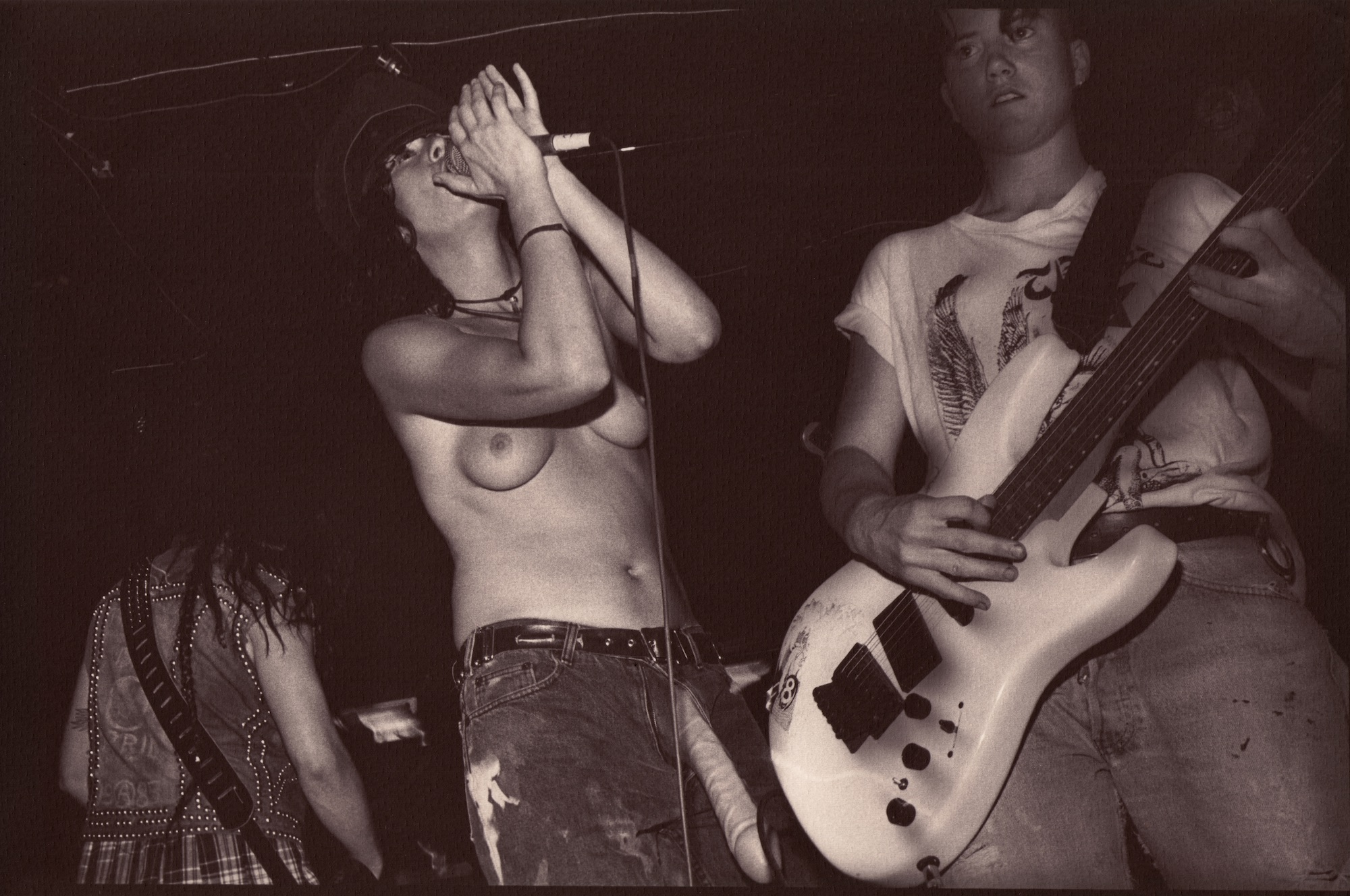
Follow i-D on Instagram and TikTok for more photography.
Credits
Photography Phyllis Christopher.
